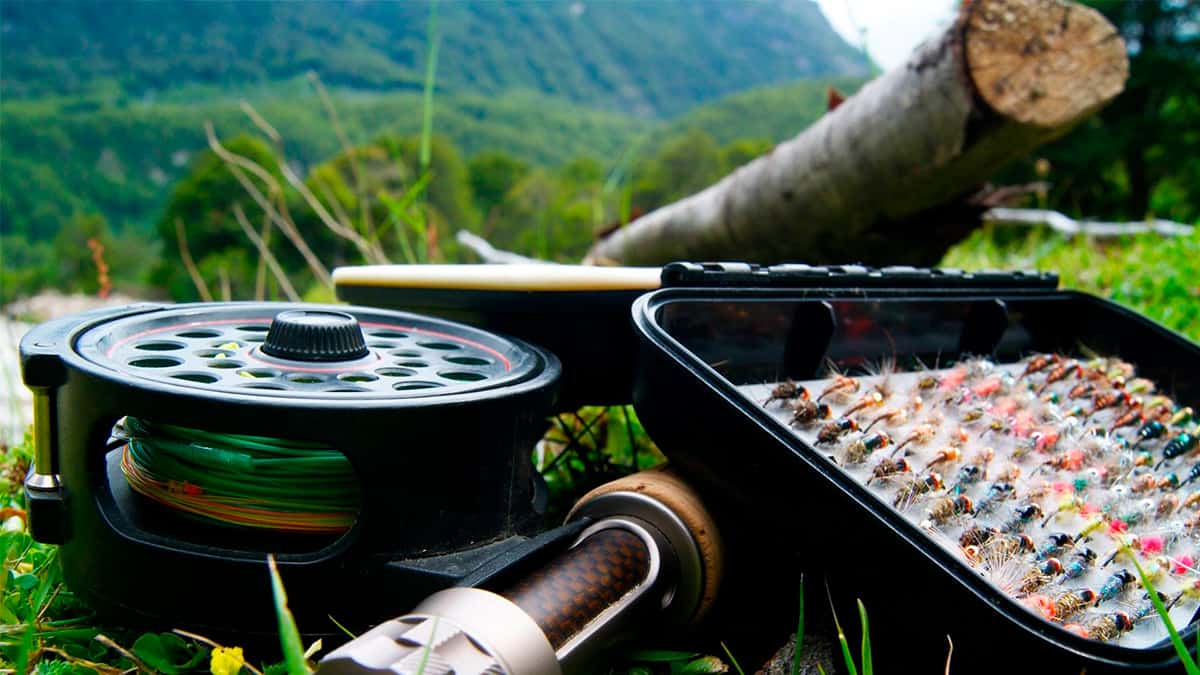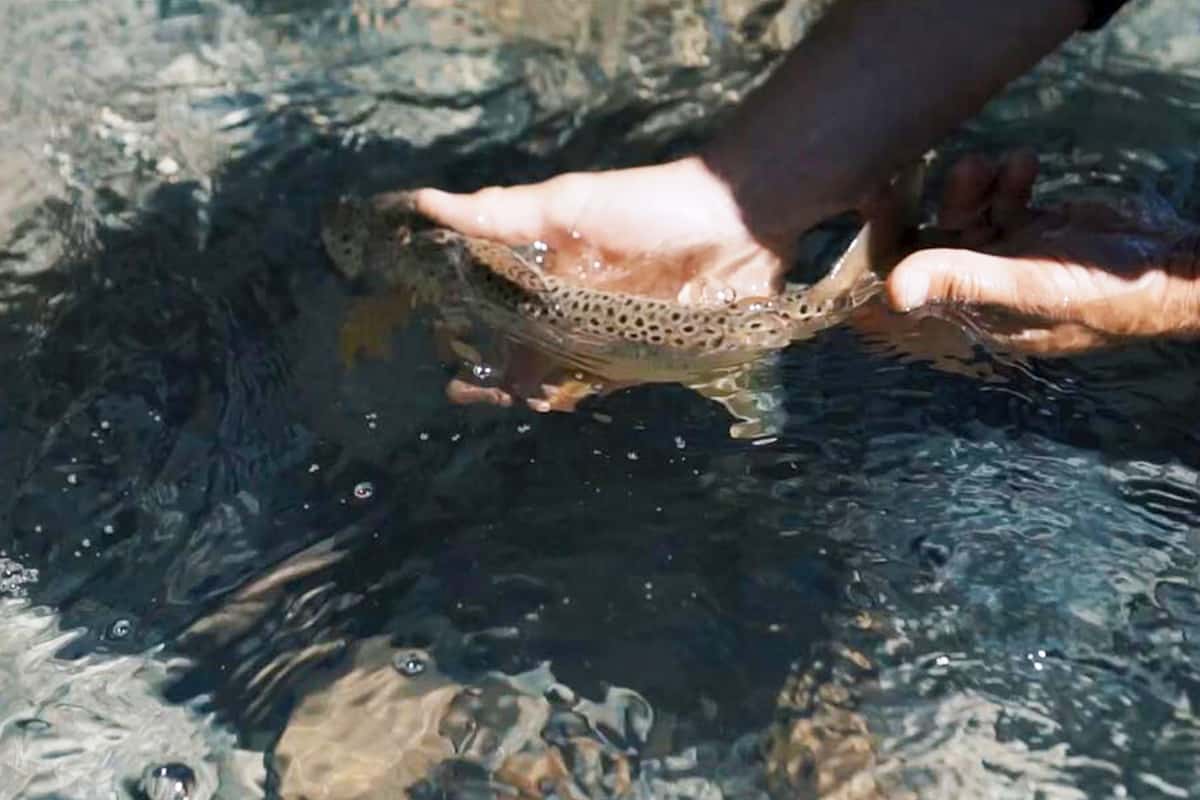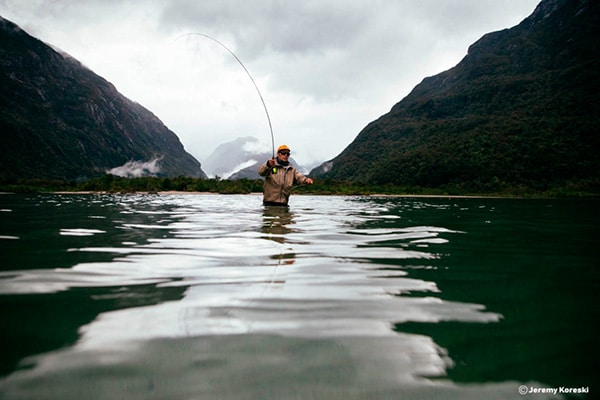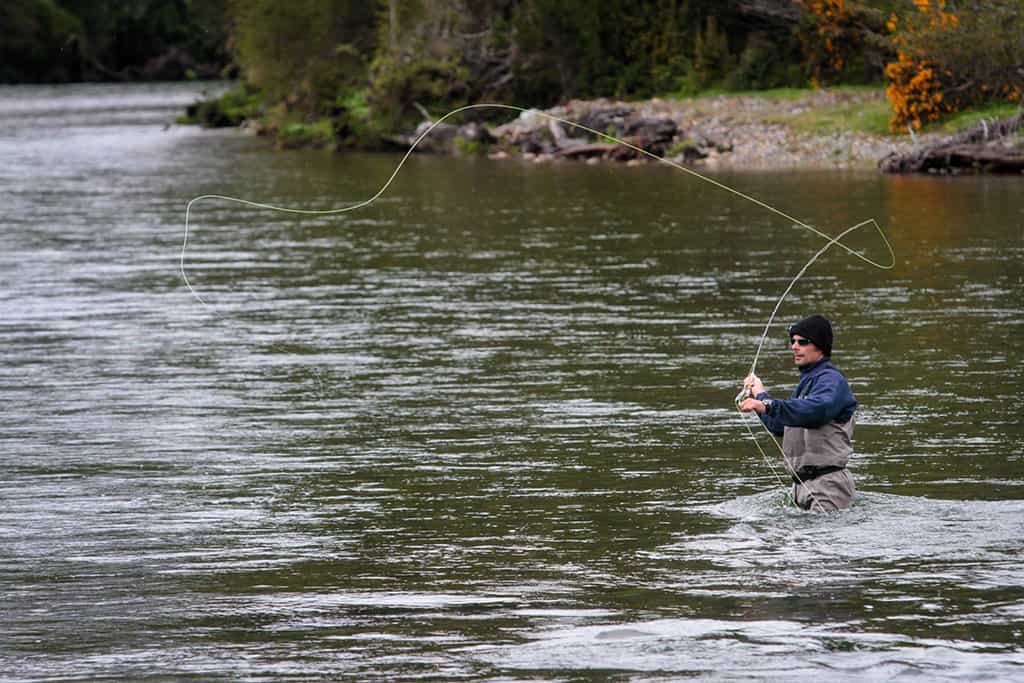How to clean your rod and reel after a day of fishing?
Today there are many brands of high-quality and affordably priced fishing equipment. However, no matter what equipment you have, it will not last long without proper care and maintenance.
Fishing tackle maintenance is essential and must not be overlooked if you want to extend its useful life, as it may suffer serious damage if we do not practice basic care.
One common mistake made by fishing novices is that they often do not clean their tackle at the end of the day. This is not only a matter of aesthetics, but we must remember that all dirt and grime from the rivers and lakes can lead to significant rod defects.
Regardless of the type of fishing you practice, fishing equipment must always be washed with fresh water after use, with a hose or watering can, including the rod, reel, lures, lines, and even the flies. After they are washed, it is important to let them dry and wipe them down with a dry cloth before storage.
With respect to the reel, this tends to undergo the most wear and tear, so it is important to perform the corresponding maintenance. However, without the proper knowledge, we can damage the reel and create problems for future fishing expeditions. The reel should ideally be taken directly to a specialized shop that offers this service, as per the manufacturer’s indications.
It is very important not to forget to clean the rods with fresh water, always cleaning the guides with a wet rag and drying the entire rod with dry cloth before storage. Under no circumstances should the tackle be put away while still wet. When the rod is not washed, the guides can deteriorate and rust, which can soon lead the external structure of the guide to break off from the inner material of the guides, regardless of whether it is ceramic, steel, or any other.
It is essential to understand that a well-kept line will have a greater useful life. Many fishermen fail to clean their equipment and have to buy new tackle quite frequently. The worst part is not having to change it out, but rather the risk that when you most require resistance is when it breaks. To make this easier, wet a rag with fresh water and place it on the last guide of the rod, pulling it back to completely remove any dirt buildup. This must be done after your last casting of the day.
The season is beginning shortly, and it is important to start it off with your equipment in optimal conditions. We wish you a great start to this season and remember to release your catches so that we can preserve the fish and their environment.
Reference
Yellow Tail Pesca (2018) Mantenimiento del Equipo De Pesca.
Alvarez, Andres (2019) Limpieza de una caña de mosca. Taken from https://www.a-alvarez.com/blog/pesca/consejos-pesca/limpieza-de-una-cana-de-mosca/4613





